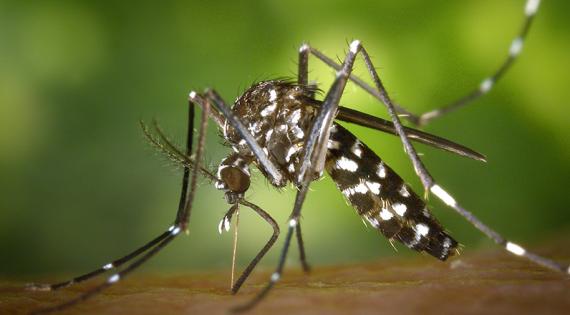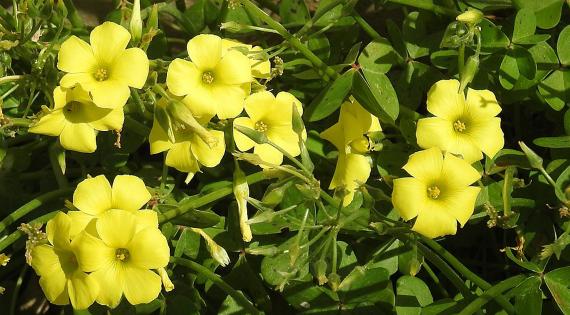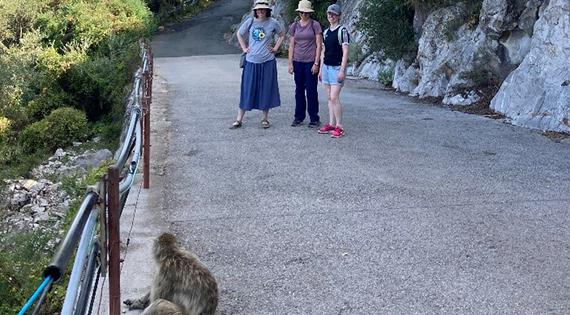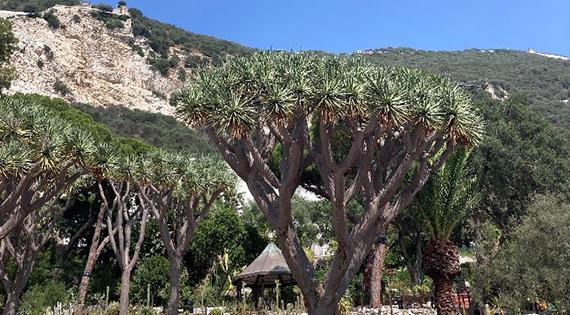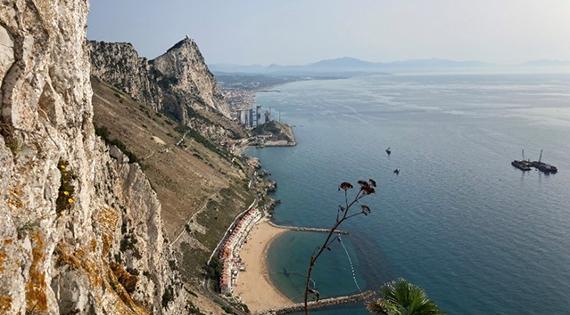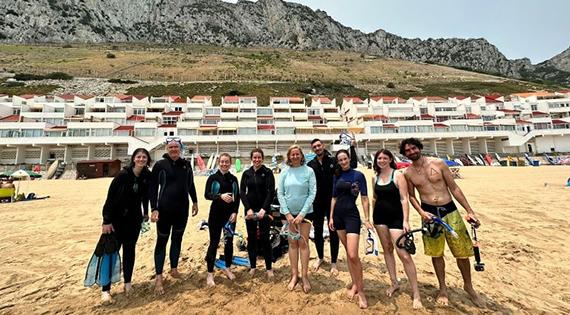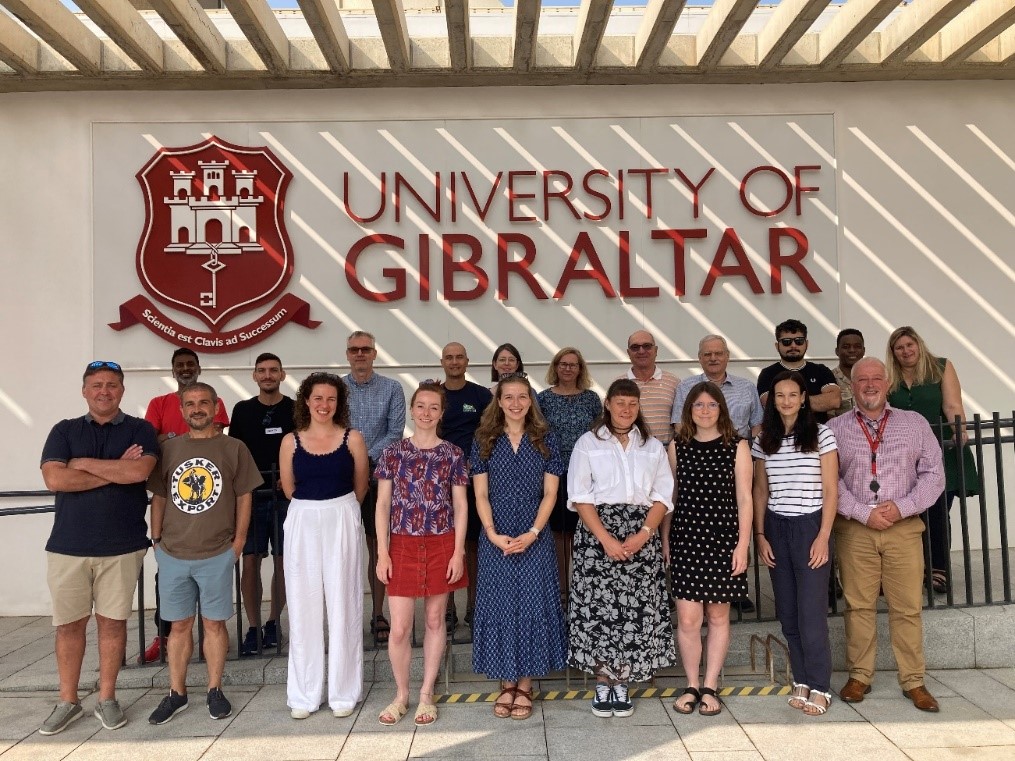UKCEH scientists organised a workshop in Gibraltar as part of a project assessing risks posed by invasive non-native species in the UK Overseas Territories...
Invasive non-native species (INNS) pose a threat to the biodiversity and unique ecosystems of each of the UK Overseas Overseas Territories (UKOTs). Funded by Darwin-Plus, we are currently working with each of the UKOTs to compile individual lists of these INNS. The project aims to enhance the availability of information on these species and, in the long term, to provide a template for a constantly evolving database of INNS, reviewing the threats they pose to each UKOT. This database could allow experts to determine appropriate mitigation strategies to minimize the threat of these INNS to biodiversity and ecosystems.
The latest UKOT we had the pleasure of visiting was Gibraltar. Despite its relatively small size (5km x 1.2km), Gibraltar is steeped in military history and showcases a unique blend of both British and Spanish culture. It is used as a migratory pathway for many birds, insects, and marine species, and has two Special Areas of Conservation: The Rock of Gibraltar and the Southern Waters of Gibraltar, which contain endemic flora and fauna.
Experts from a wide range of institutes attended our workshop in June 2023: Wildlife (Gibraltar) Ltd, Gibraltar Botanic Gardens, University of Gibraltar, HM Government of Gibraltar, Gibraltar Natural History Society, Joint Services Health Unit, and Enalia Physis. The local terrestrial and marine knowledge of the experts was invaluable and extremely impressive; they provided a rich source of information on the various threats that INNS pose to Gibraltar’s biodiversity. A series of presentations made it clear that a number of INNS now call Gibraltar home, and are negatively impacting the native wildlife.
After a vote, we found INNS of particular concern included the macroalgae Rugulopteryx okamurae, Asian tiger mosquito Aedes albopictus, and perennial plant Oxalis pes-caprae.

